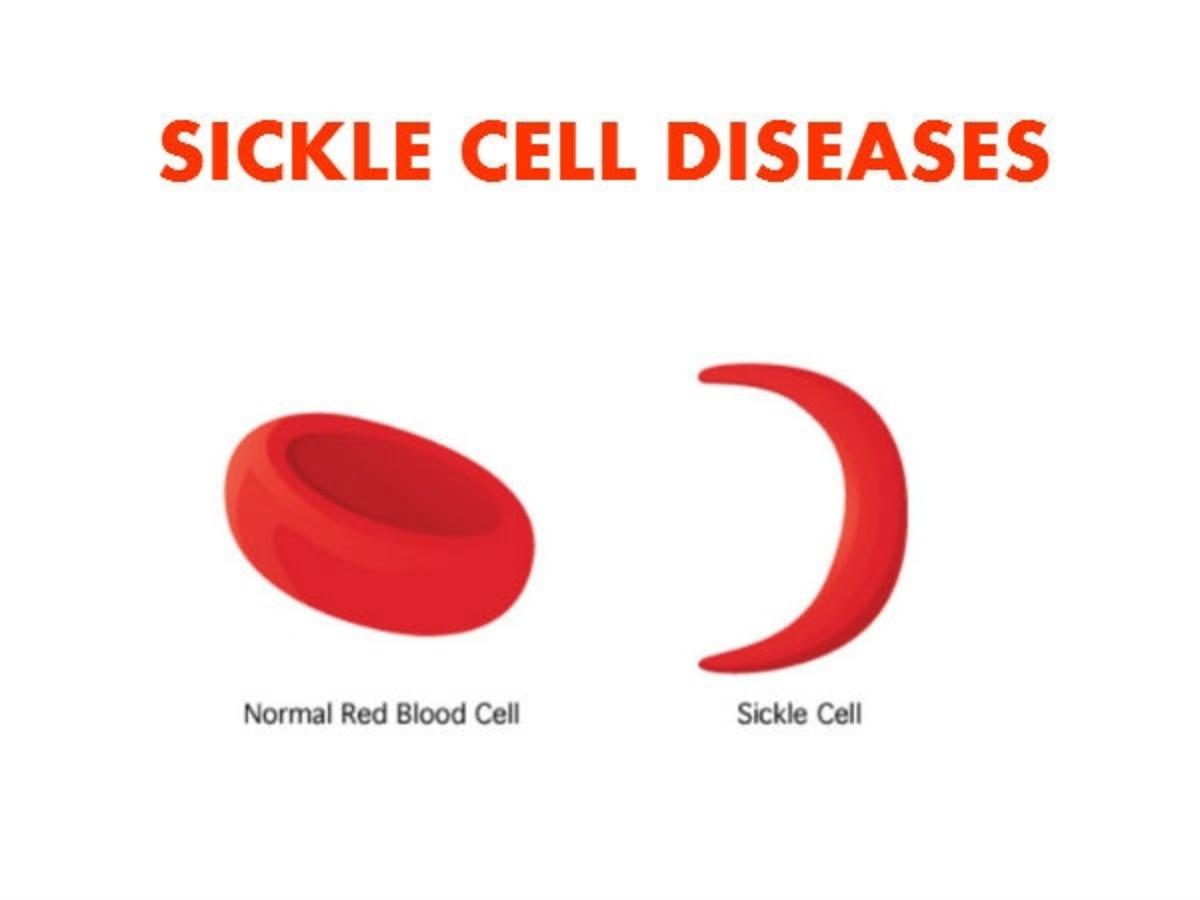If you’re wondering which genetic diseases you may have, read on. This infographic highlights the 10 most common ones. Genetic tests are used to confirm disease diagnosis, determine carrier status, and predict response to therapy. There are more than 2000 different genetic tests available today. To learn more, read on! We’ll discuss the causes and symptoms of these conditions, and how they are treated. Then, you can decide whether or not you should get a genetic test for yourself or your family.
Many genetic disorders can be cured or treated. For example, a special diet can prevent toxic build-up in the body. Another way is to alter chemical pathways in the body. And the third treatment method involves replacing the defective genetic material inside cells with normal ones. Various methods of replacement are being studied by researchers. Some researchers are even looking into microscopic “bullets” coated with genetic material or viruses that can deliver normal genes directly into cells.
Genetic diseases are also known as hereditary. These are conditions passed down from parents to their children. Sometimes, you can pass these disorders on to your child, which makes them more difficult to treat. If a genetic disorder is not treated in time, it could lead to a sick or ill child. Genetic diseases are relatively rare, but they can still cause serious illness. While there are no cures for some of them, prevention and treatment are the best ways to reduce the risk of developing a disease.
The human genome is continually being studied and there is a high probability that there are countless other susceptibility genes. While the human genome is an extremely complex structure, there are a few genetic diseases that are more prevalent than others. Fortunately, many of them are treatable and even curable. This information is crucial for people who have a family history of genetic disorders. You can learn more about them by visiting the Genetic Diseases Association website.
Sickle Cell Disease is a lifelong genetic condition triggered by a defective gene coding for hemoglobin. Sickle cells develop an irregular shape and clump together in the blood vessels. Sickle cells cause severe pain, organ damage, and acute respiratory syndrome. Approximately 100,000 Americans have this disease. Sickle Cell disease affects one in every 365 African-American babies. If your family has a history of Sickle Cell Disease, you may want to consider genetic testing.

Several other genetic conditions are hereditary and cause symptoms. People of Indian and Southeast Asian descent are more likely to have the disease than people of other races. People with thalassemia genes in both parents are 25 percent more likely to be born with the condition. People with this condition will require regular blood transfusions and chelation therapy if they experience severe anemia. While there’s currently no cure for this disorder, treatment options are available.
Children with Down syndrome may have unaffected parents. These children are affected by extra chromosome 21 and may have flattened or round faces. They can also have a deformed X chromosome. Children with Down syndrome often develop ear infections and vision problems. If you’re wondering what genetic disease affects your family, contact a genetic counselor today. It’s important to understand the differences between these two conditions and their symptoms, as they may vary greatly from person to person.

